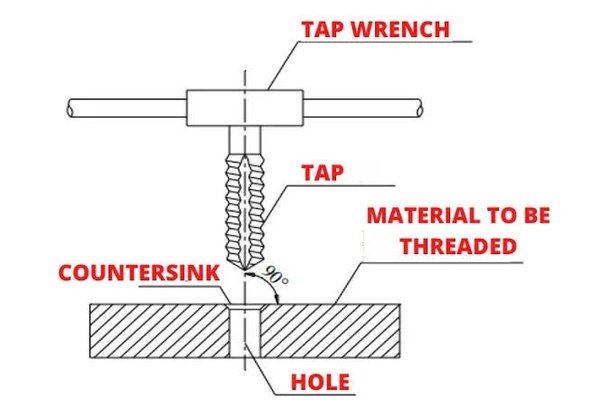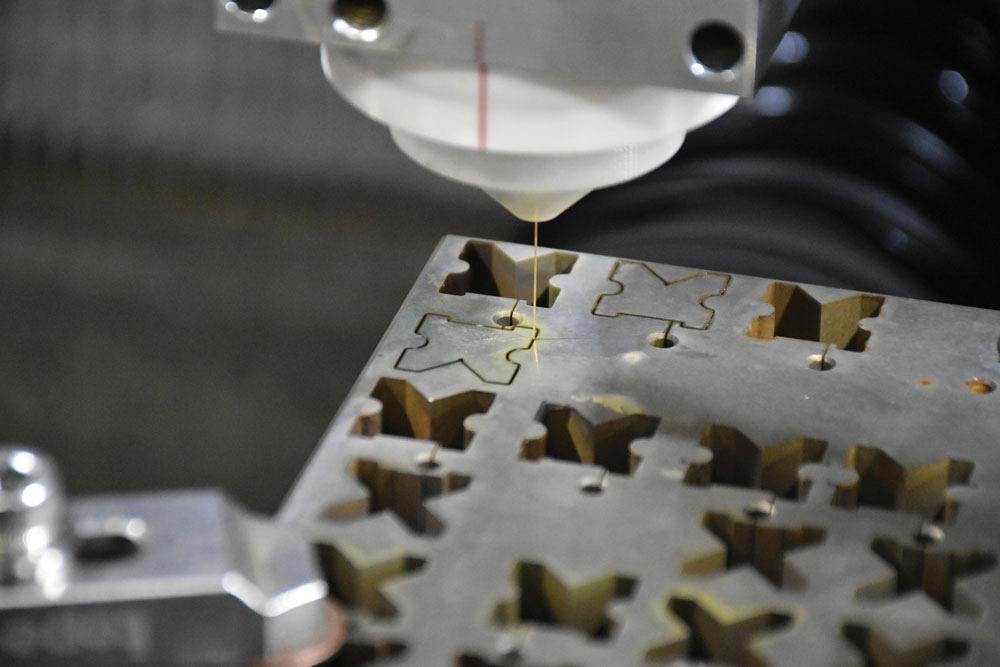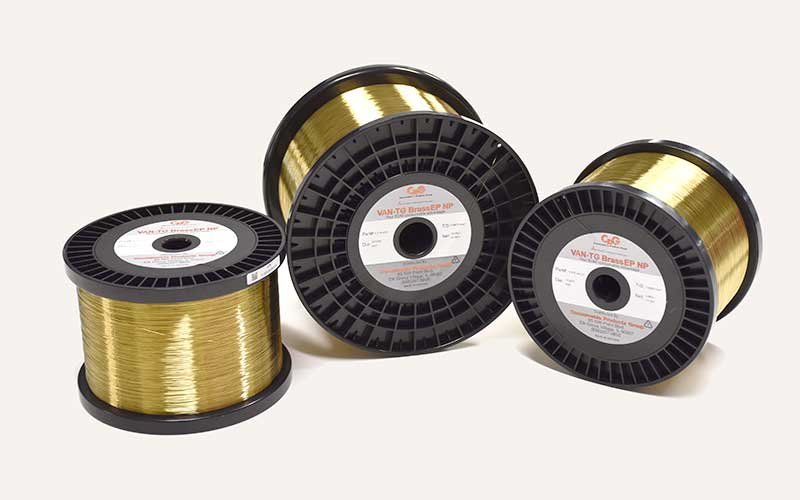what is Thread Tapping?
When analyzing the manufacturing process of a machine, one of the most frequently performed activities is tapping.
Tapping is a practical method for threading.
In this article, we will explore and introduce this process in the context of part fabrication, discussing various types and important considerations related to it.
Tapping refers to the creation of threads in a hole (Internal Threading).
To perform tapping, a hole of a specific diameter is first drilled into the workpiece. Then, either manually or mechanically, thread grooves are created inside this hole.
Using a tool known as a tap drill, threads are formed inside the hole in a helical manner, as illustrated below.
These threads are shaped spirally within the hole to accommodate a corresponding screw to be fastened inside it.
Process of tapping
Drilling the Hole:
- Initially, a hole with the appropriate diameter is drilled into the workpiece.
- This hole has standard dimensions; for instance, if using an M10 tap (10 mm screw), the hole should be drilled to a diameter of 8.5 millimeters.
- Generally, the diameter of the hole should be smaller than the diameter of the tap drill.
Smoothing the Hole’s Surface:
- The surface of the hole is smoothed using a larger drill bit.
Tapping:
- Using a tap wrench, the taps are inserted into the hole in sequential order.
- At each stage, oil is used to facilitate the chip removal process.
In machine tapping, similar principles apply, but the process is automated with the tap being mounted on a machine such as a drill press or a lathe, which precisely controls the tapping operation.
What is a Tap?
A tap is a tool used to create internal threads in various parts and materials, widely utilized in both light and heavy industries.
At first glance, this efficient tool looks like a long screw with several vertical grooves, and its end is squared off. This design is intentional: the grooves are for chip removal, and the squared end fits into a tap handle or tap wrench.
Taps are typically made from high-strength alloy steels, such as high-speed steel (HSS), cobalt alloy steel, or steel with a titanium and tungsten carbide coating. These materials prevent corrosion and breakage, ensuring the tap’s longevity.
The harder the tap, the more capable it is of threading harder metals, which also increases its cost.
Today, a simple internet search will reveal a vast array of taps, which might be a bit overwhelming when trying to make a purchase. But we will guide you on how to choose the right tap later on.
How to Choose the Right Tap?
By considering a few points, you can easily select the appropriate tap for your needs without spending extra money.
If you plan to tap soft metals like aluminum and brass and won’t use it regularly, the inexpensive HSS taps available in the market will be suitable for you.
However, if you intend to work continuously and tap harder metals like iron, steel, and cast iron, you should opt for high-quality taps from reputable brands like Fara, Adulan, Gühring. Be cautious not to fall for counterfeit brands. Although there is a significant price difference between ordinary HSS taps and original Western taps, purchasing the latter ensures prolonged use without them becoming dull.
Types of Taps
Manual Tap
Manual taps, also known as three-piece taps, are the original model of taps consisting of three different taps: the taper tap, the plug tap, and the bottoming tap.
When threading with a manual tap, you should first use the taper tap for initial chip removal. Then, proceed with the plug tap, and finally complete the threading process using the bottoming tap.
Taper taps are always marked with one ring and plug taps with two rings at their end. A tap without any ring is identified as the bottoming tap.
Machine Taps
Machine taps, or single-piece taps, are the evolved form of manual taps and combine the features of taper, plug, and bottoming taps.
With this type of tap, threading no longer requires three separate stages; a complete thread can be formed in just one tapping operation.
Machine taps are named for their compatibility with various machines such as drills and lathes, eliminating the need to change taps. This feature significantly increases work efficiency and productivity.
Latest Articles in your inbox
Subscribe to our newsletter to get the newest manufacturing and industrial services articles in your inbox once a week.















